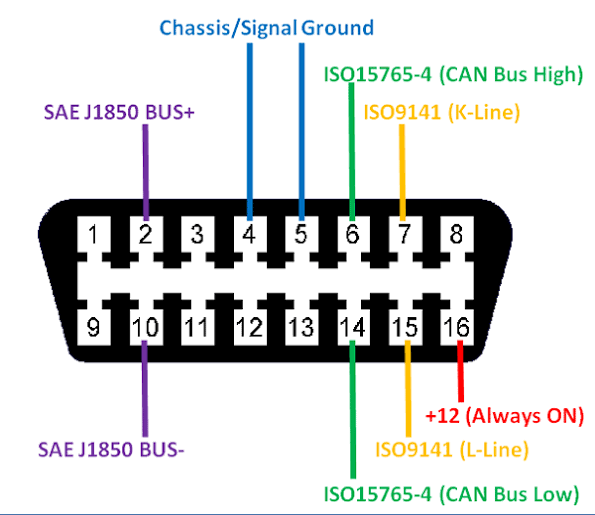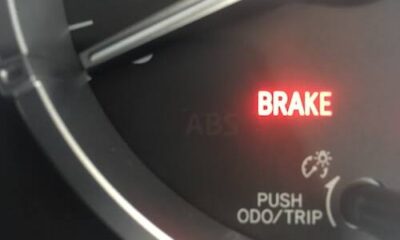WHEELSCLINIC
How do we measure OBD-II output?

Pre-OBD-II cars had connectors in various positions under the dashboard and under the hood. All OBD-II cars have a connector located in the passenger compartment easily accessible from the driver’s seat. Check under the dash or behind or near the ashtray.
A cable is plugged into the OBD-II J1962 connector and connected to AutoTap or another scan tool. AutoTap is available in PC/laptop. Other scantools on the market range from simple hand-held meters that display trouble codes, up to a large console computer-based unit costing thousands of dollars.
What good does it do to measure OBD-II output?
OBD-II signals are most often sought in response to a “Check Engine Light” appearing on the dashboard or driveability problems experienced with the vehicle. The data provided by OBD-II can often pinpoint the specific component that has malfunctioned, saving substantial time and cost compared to guess-and-replace repairs. Scanning OBD-II signals can also provide valuable information on the condition of a used car purchase.
The service industry calls the Check Engine light on your dash an “MIL” or Malfunction Indicator Light. It shows three different types of signals. Occasional flashes show momentary malfunctions. It stays on if the problem is of a more serious nature, affecting the emissions output or safety of the vehicle. A constantly flashing MIL is a sign of a major problem which can cause serious damage if the engine is not stopped immediately. In all cases a “freeze frame” of all sensor readings at the time is recorded in the central computer of the vehicle.
Hard failure signals caused by serious problems will cause the MIL to stay on any time the car is running until the problem is repaired and the MIL reset. Intermittent failures cause the MIL to light momentarily and they often go out before the problem is located. The freeze frame of the car’s condition captured in the computer at the time of the malfunction can be very valuable in diagnosing these intermittent problems. However, in some cases if the car completes three driving cycles without a re-occurrence of the problem, the freeze frame will be erased.
-

 AVIATION5 years ago
AVIATION5 years agoPhoto News: Air Peace commence flight operations to South Africa
-

 Car News5 years ago
Car News5 years agoPolestar is recalls over 2000 electric cars due to software bug
-

 Technology5 years ago
Technology5 years agoCommon mistakes in CO₂ emissions calculations
-

 RAIL4 years ago
RAIL4 years ago36 Killed in Pakistan Train Accident
-

 Business5 years ago
Business5 years ago2016 Volvo XC60 review and specifications
-

 Reviews5 years ago
Reviews5 years ago2021 Audi A6 Specifications and Review
-

 SAFETY / CAR CARE5 years ago
SAFETY / CAR CARE5 years agoHandbrake warning light; what it means and what to do
-

 NEWS4 years ago
NEWS4 years agoFG To Spend ₦900 Billion On Fuel Subsidy In 2022
